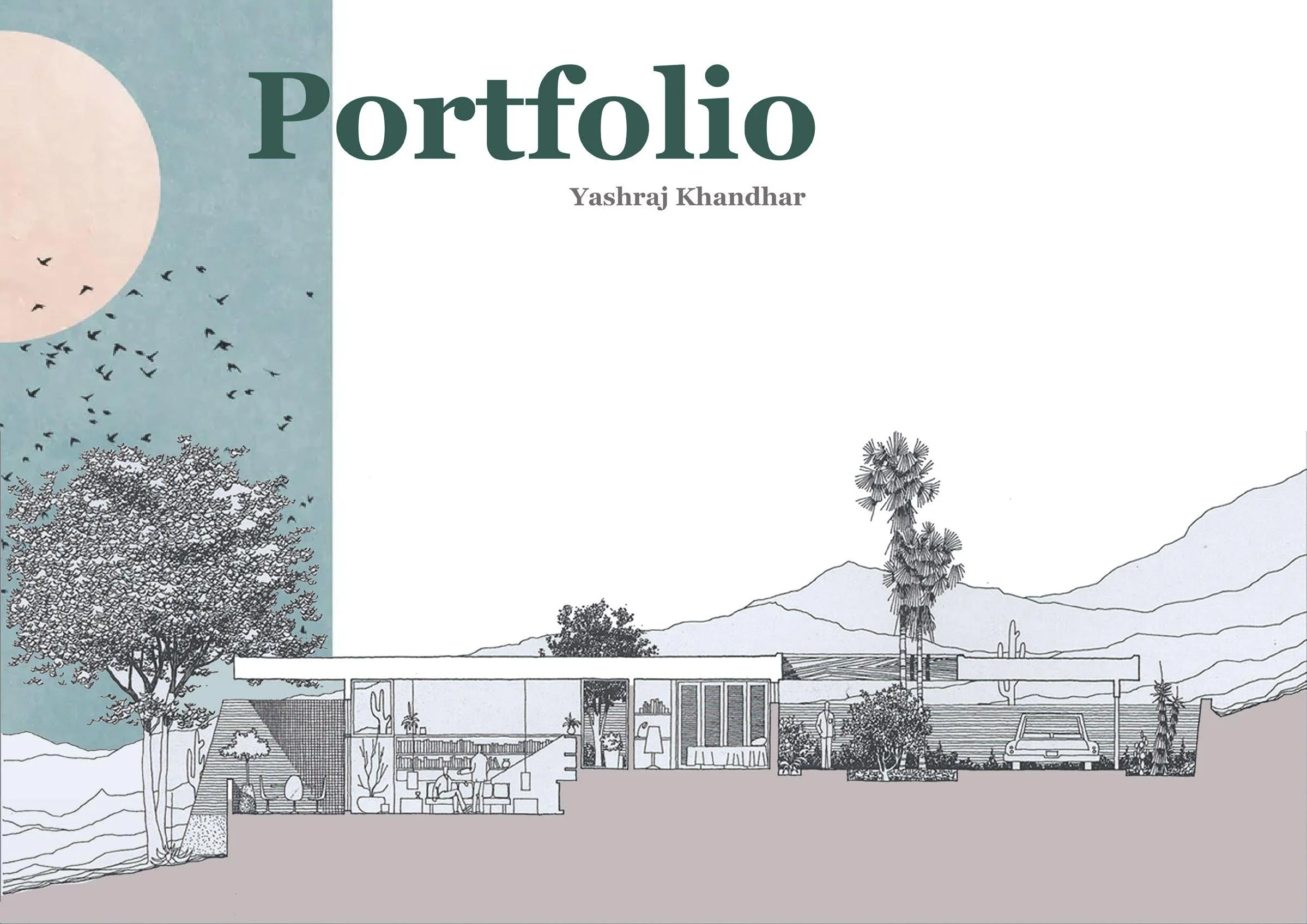Crafting an Effective Architecture Portfolio
- By -Peter
- Posted on
- Posted in Modern Architecture
An architecture portfolio serves as a visual representation of your skills, design philosophy, and professional journey. Whether you’re a recent graduate seeking employment or an established architect showcasing your latest projects, creating a compelling portfolio is essential to impressing clients and employers alike. Here’s how to craft a portfolio that stands out:
1. Selecting Projects
Choose projects that demonstrate your range of skills, creativity, and expertise. Include a variety of project types such as residential, commercial, institutional, and urban planning to showcase your versatility. Select projects that align with the type of work you aspire to do in the future and highlight your role and contributions in each project.
2. Organizing Content
Structure your portfolio in a logical and cohesive manner. Start with a cover page featuring your name, contact information, and a captivating image that represents your architectural style. Organize projects chronologically or thematically, with clear titles and descriptions for each project. Include a table of contents for easy navigation.
3. Visual Presentation
Focus on high-quality visuals that effectively communicate your design concepts. Include professional photographs, renderings, floor plans, and sketches that illustrate the evolution of each project. Use consistent formatting, typography, and color schemes to create a cohesive visual identity throughout your portfolio.
4. Descriptive Text
Provide concise yet informative descriptions for each project. Explain the design concept, objectives, challenges, and solutions implemented. Highlight any sustainable design principles, innovative techniques, or client requirements that influenced the project’s outcome. Use bullet points or short paragraphs to convey key details effectively.
5. Process and Development
Include sketches, diagrams, and process drawings to showcase your design process and problem-solving abilities. Demonstrate how you approach conceptualization, planning, and execution of architectural projects. Include before-and-after comparisons to illustrate transformations and improvements achieved through your design interventions.
6. Professional Experience and Education
Incorporate a section highlighting your professional experience, internships, academic achievements, and relevant certifications. Include testimonials from clients or supervisors that validate your skills and professionalism. Showcase any awards, publications, or exhibitions where your work has been featured.
7. Digital Portfolio Considerations
Consider creating a digital portfolio in addition to a printed version. A digital portfolio allows for interactive features such as clickable links to project websites, videos of presentations, or virtual tours. Ensure your digital portfolio is user-friendly, accessible across devices, and showcases your work effectively online.



8. Tailoring to Audience
Customize your portfolio for each application or client presentation. Tailor the selection of projects and emphasis on specific skills or achievements based on the preferences and requirements of the prospective employer or client. Demonstrate your understanding of their needs and how your skills align with their expectations.
9. Regular Updates
Keep your portfolio updated with your latest projects and accomplishments. Remove outdated or less relevant content to maintain a concise and impactful presentation of your work. Regularly review and refine your portfolio to reflect your evolving skills, design philosophy, and professional growth.
Conclusion
An architecture portfolio is more than a collection of projects; it is a powerful tool for showcasing your creativity, expertise, and professional journey to potential clients and employers. By selecting compelling projects, organizing content effectively, and presenting your work with clarity and visual impact, you can create a portfolio that not only impresses but also demonstrates your passion for architecture and commitment to excellence in design.


